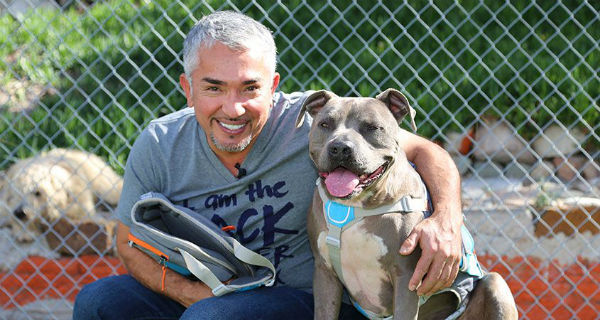

The reward-based techniques they employed weren’t actually new–they had been used for decades to train animals for the US Navy and the CIA as well as to train marine mammals at places like SeaWorld–but Pryor, Donaldson, and others were instrumental in introducing these training methods to dog owners. Ian Dunbar began demonstrating that dogs could be trained very effectively without the use of force, fear, or intimidation. Skinner’s principles of operant conditioning with the latest research on canine behavior and psychology, animal trainers and behaviorists such as Karen Pryor, Jean Donaldson, and Dr. This explains the intense terror, fear, loss of trust, and sometimes aggression dogs experience when “alpha rolled” by their humans.īy the early 1990s a new approach to dog training started to emerge. For instance, while a subordinate wolf may voluntarily roll over on his back to appease a higher-ranking pack member, the only time a wolf would forcibly roll another wolf on his back is when he intends to kill him. Pack hierarchy and dominance theories are derived from a few wolf studies from the 1930s and 1940s that were rife with supposition and misinterpretation. In order to show their dogs who’s the boss, dog owners were told to use techniques such as “alpha rolls” and “scruff shakes” that were supposedly based on canine pack behavior. Dog owners were advised to be vigilant about canine power plays at all times, and by feeding your dog before you sat down to enjoy your own meal or allowing your dog on the furniture, you were definitely inviting trouble. Supposedly dogs, like wolves, naturally lived in a strict hierarchy, and even the most innocuous behavior–such as an excited puppy rushing to run through a doorway ahead of his human–was actually an attempt by the dog to assert his dominance. In order to have a well-behaved dog, you had to be a strong pack leader, they told dog owners. Their primary focus, however, was on dominance and pack leadership. These new dog trainers were gentler than their predecessors and even incorporated some reward-based techniques. Cattle prods, hanging dogs by their collars until they almost lost consciousness, holding their heads under water–these were considered acceptable “training methods” once upon a time.īy the mid-1970s, a new crop of dog training experts began to emerge.

That and the fact that aversives constitute only a very small part of the training system, as opposed to being the main item on the menu, are where the real divide is.įifty years ago, nearly all dog trainers employed primarily aversive methods. What it is not is a pain, fear, or intimidation based technique. Turning around and walking 10 steps in the opposite direction when your pit bull starts pulling on her lead to greet an approaching canine friend is an aversive training technique (in operant conditioning, it’s what is known as negative punishment see the preceding link for an explanation of the terminology). Most reward-based systems such as clicker training do utilize aversives. It’s frequently stated that the divide is between trainers employing aversive techniques and trainers using reward-based methods, but that’s not entirely correct.
CESAR DOG TRAINER PROFESSIONAL
The first thing you need to know in order to understand the Cesar Millan controversy is that the world of professional dog training is sharply divided.


 0 kommentar(er)
0 kommentar(er)
